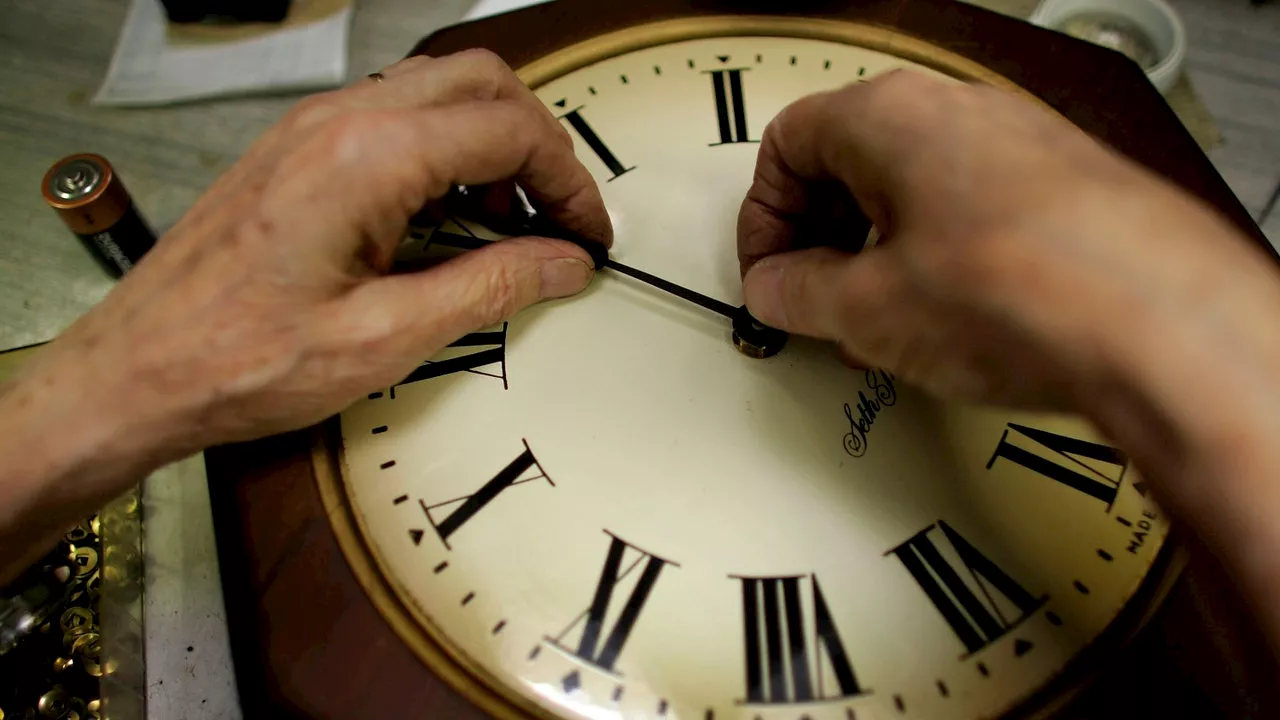President-elect Trump's proposal to end daylight saving time has ignited a debate about the practice's benefits and drawbacks.
President-elect Trump has stated that daylight saving time (DST) is 'inconvenient' and 'very costly,' triggering a debate. DST involves advancing clocks by one hour during the summer months and reverting them in the fall. Without DST, the U.S. would remain in a permanent state of 'falling back,' meaning sunrises and sunsets would occur earlier. However, it is unclear whether Trump prefers the country to remain 'falling back' (also known as standard time ) or shift to 'spring forward.
' Experts contend that the primary objective of DST is to enhance human activity by maximizing daylight hours. The proposed alteration has faced scrutiny, and if implemented, it could significantly alter sunrise and sunset times. 'The Republican Party will exert its utmost efforts to abolish daylight saving time, which possesses a small but dedicated following, but it should not!', Trump declared on December 13. 'Daylight saving time is inconvenient, and excessively costly to our Nation.' According to the U.S. Department of Commerce, DST commenced in the U.S. in 1918 to extend daylight hours during the warmest months. The aim has been to conserve energy by aligning daylight hours with peak activity periods, although some studies indicate minimal energy savings. Advancing clocks by one hour in the spring and reversing the change in the fall is intended to optimize daylight during summer months. This results in later sunsets (compared to standard time) and slightly later sunrises. Most countries do not observe DST. Arizona and Hawaii do not adjust their clocks at all. Standard time is grounded in the Earth's natural position relative to the sun. When the U.S. observes standard time, the sun rises and sets according to the clock time that more closely aligns with Earth's natural rhythm. If DST were eliminated, and the U.S. remained on standard time, sunrise would occur earlier in the summer. For instance, if you are accustomed to a sunrise at 7:00 a.m. during the summer months under DST, the sunrise would shift to an earlier hour without DST.
Daylight Saving Time Trump Energy Conservation Standard Time Public Policy
United States Latest News, United States Headlines
Similar News:You can also read news stories similar to this one that we have collected from other news sources.
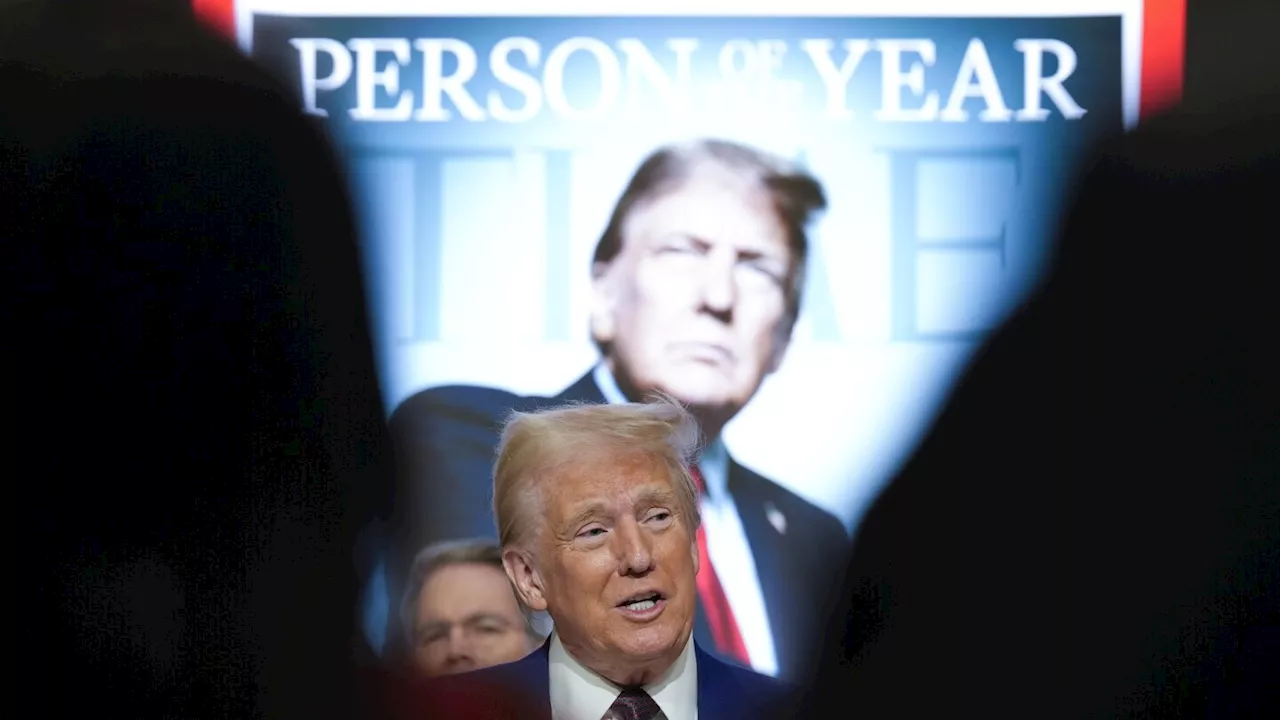 Donald Trump wants to end daylight saving timePresident-elect Donald Trump wants to turn the lights out on daylight saving time. In a post on his social media site Friday, Trump said his party would try to end the practice when he returns to office. He called daylight saving time “inconvenient, and very costly to our Nation.
Donald Trump wants to end daylight saving timePresident-elect Donald Trump wants to turn the lights out on daylight saving time. In a post on his social media site Friday, Trump said his party would try to end the practice when he returns to office. He called daylight saving time “inconvenient, and very costly to our Nation.
Read more »
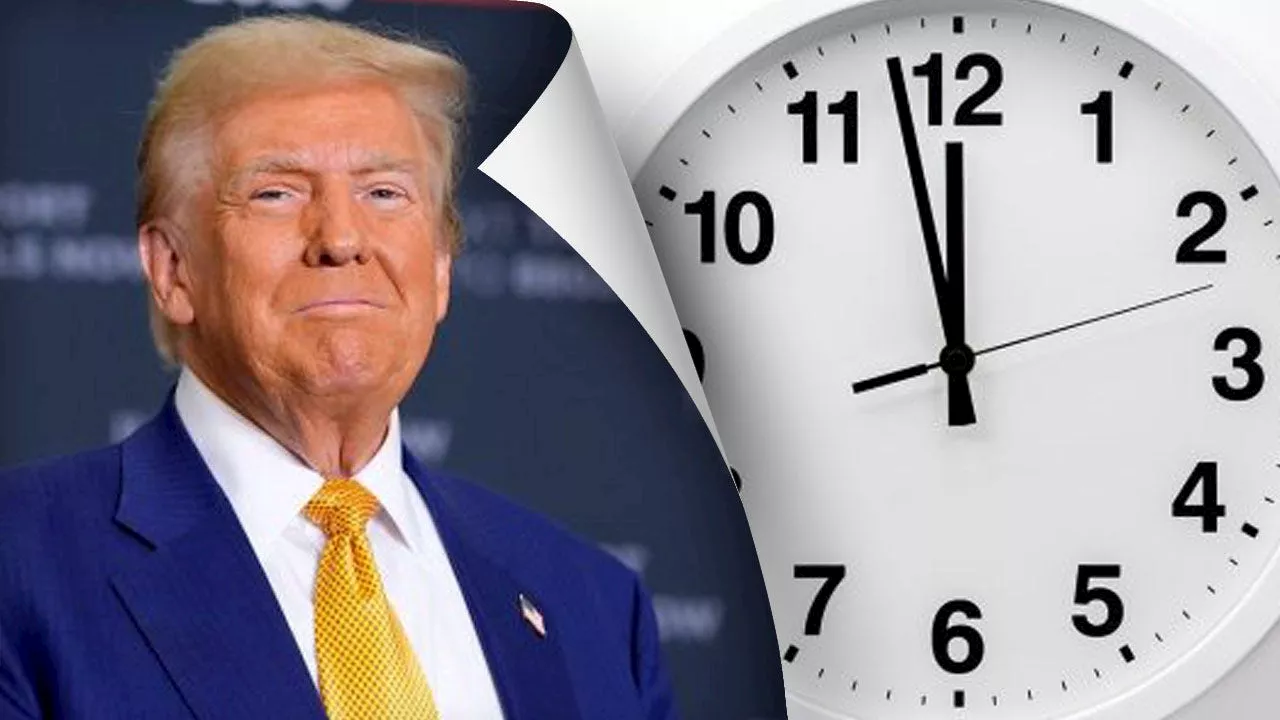 Trump Wants to End Daylight Saving Time For 'Health' and 'Convenience'President-elect Donald Trump has expressed his desire to abolish daylight saving time (DST), citing its inconvenience and cost to the nation. Some experts believe eliminating DST could improve health and well-being by reducing sleep disruptions.
Trump Wants to End Daylight Saving Time For 'Health' and 'Convenience'President-elect Donald Trump has expressed his desire to abolish daylight saving time (DST), citing its inconvenience and cost to the nation. Some experts believe eliminating DST could improve health and well-being by reducing sleep disruptions.
Read more »
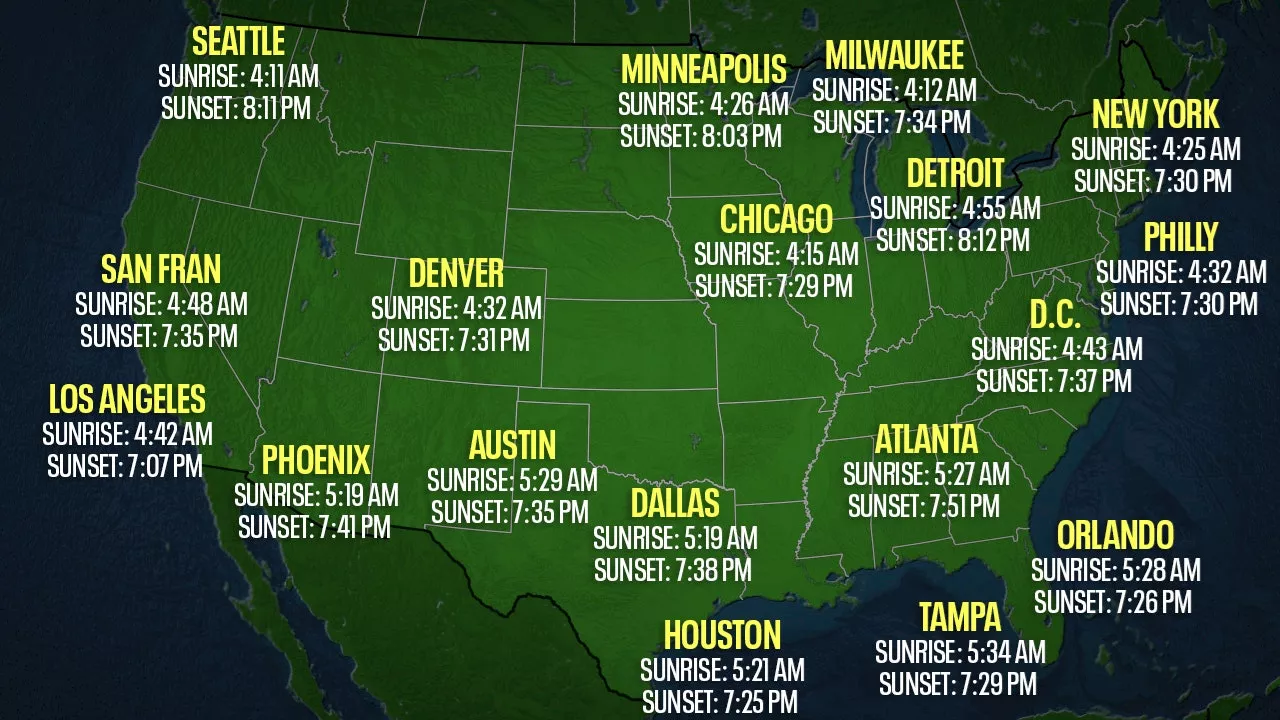 Trump Wants to End Daylight Saving TimePresident-elect Donald Trump has voiced his desire to abolish Daylight Saving Time, citing its inconvenience and cost.
Trump Wants to End Daylight Saving TimePresident-elect Donald Trump has voiced his desire to abolish Daylight Saving Time, citing its inconvenience and cost.
Read more »
 Trump Wants to End Daylight Saving Time, Citing Inconvenience and CostPresident-elect Donald Trump expressed his desire to eliminate Daylight Saving Time, labeling it 'inconvenient' and 'very costly.' The Republican Party plans to push for its abolition, despite a small but dedicated group of supporters. This potential change would significantly impact sunrise and sunset times across the US.
Trump Wants to End Daylight Saving Time, Citing Inconvenience and CostPresident-elect Donald Trump expressed his desire to eliminate Daylight Saving Time, labeling it 'inconvenient' and 'very costly.' The Republican Party plans to push for its abolition, despite a small but dedicated group of supporters. This potential change would significantly impact sunrise and sunset times across the US.
Read more »
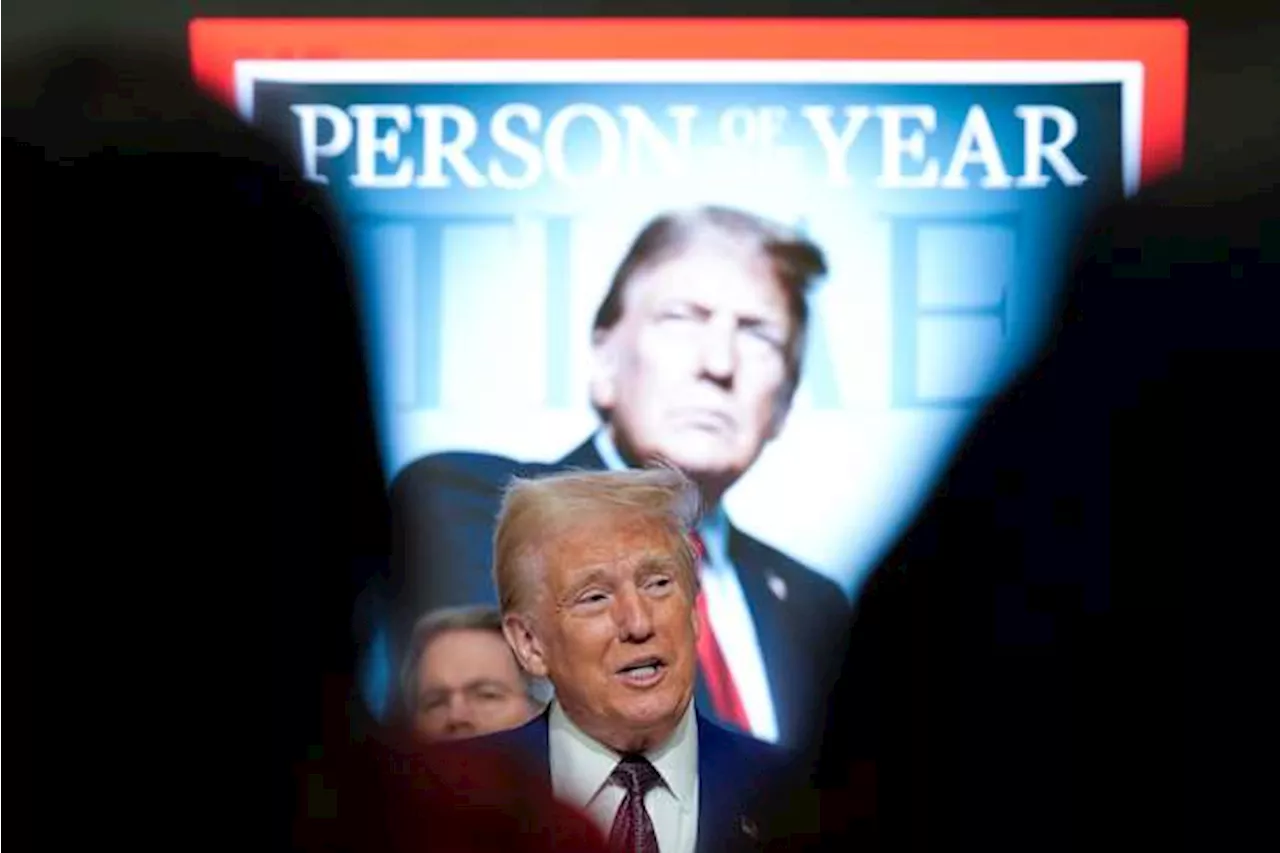 Trump wants to turn the clock on daylight saving timePresident-elect Donald Trump wants to turn the lights out on daylight saving time.
Trump wants to turn the clock on daylight saving timePresident-elect Donald Trump wants to turn the lights out on daylight saving time.
Read more »
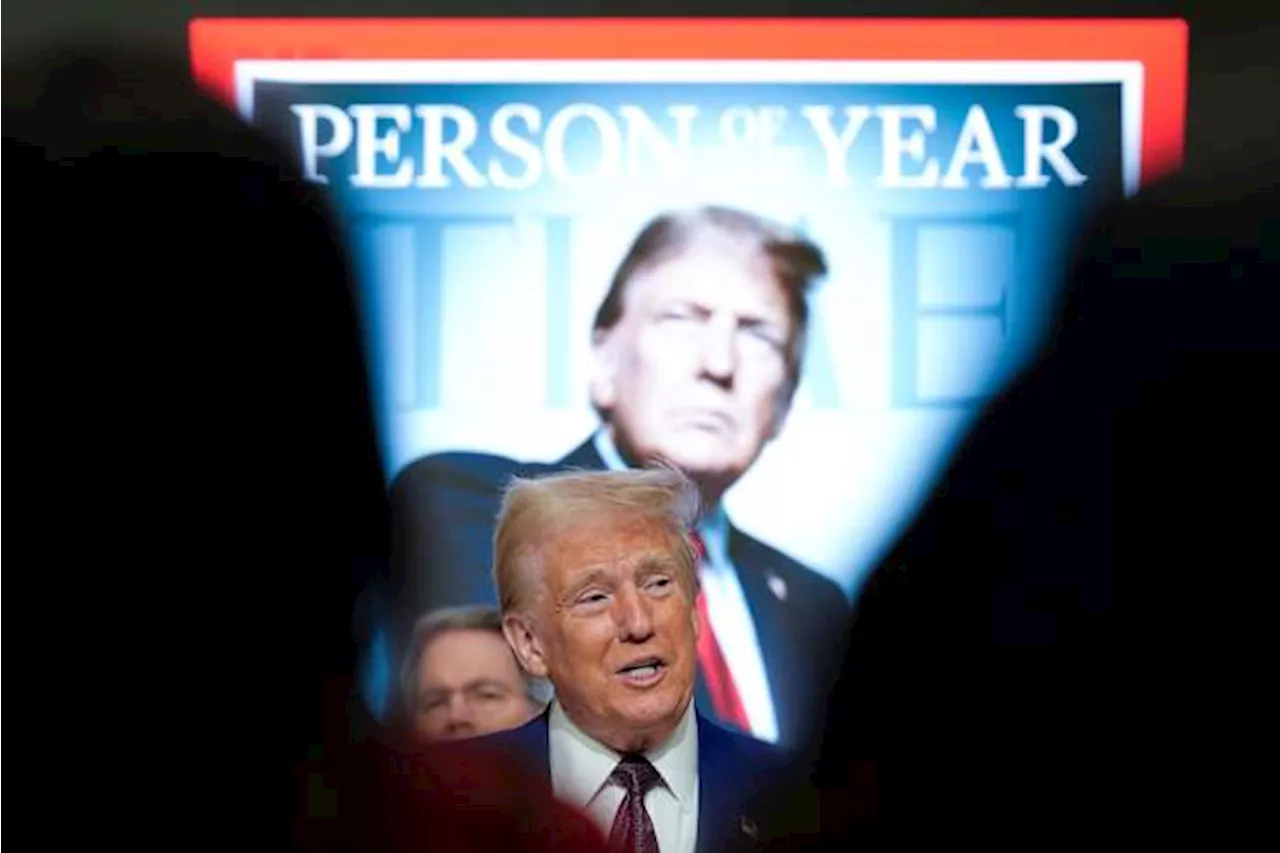 Trump wants to turn the clock on daylight saving timePresident-elect Donald Trump wants to turn the lights out on daylight saving time.
Trump wants to turn the clock on daylight saving timePresident-elect Donald Trump wants to turn the lights out on daylight saving time.
Read more »
